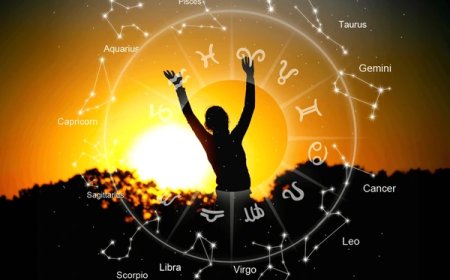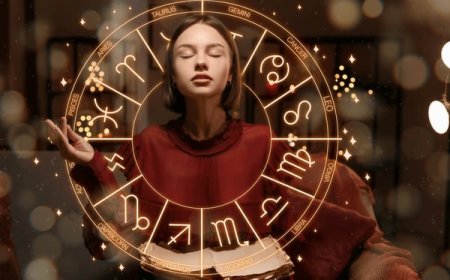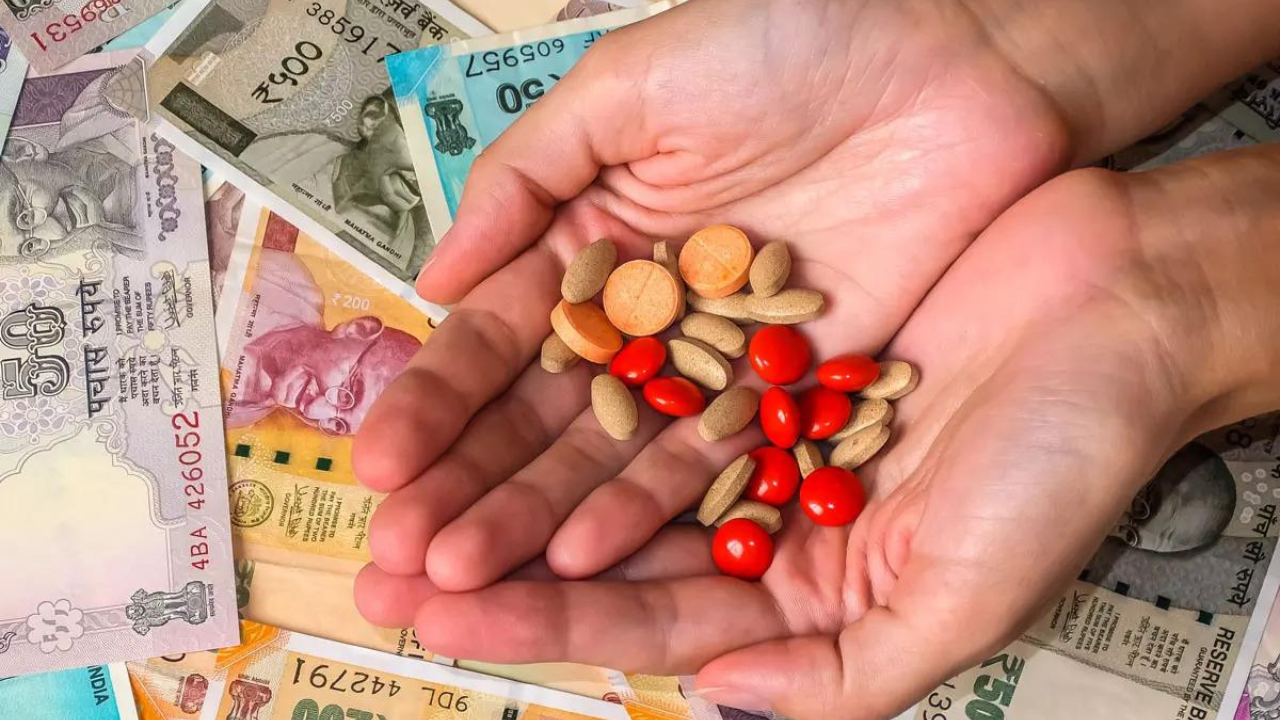Dakkebali, Sarpam Thullal, Jaagar: How these Indian folk dance rituals worship serpent deities

Join our WhatsApp Community to receive travel deals, free stays, and special offers!
- Join Now -
Join our WhatsApp Community to receive travel deals, free stays, and special offers!
- Join Now -

In the context of any possession ritual (not limited solely to serpent worship, but including practices like kola or theyyam), the process of spirit possession may be seen as a manifestation of an altered state of consciousness or trance. This ethereal state is often induced through rhythmic movements, musical cadences, meditative practices or hypnotic techniques, which are known to produce distinct alterations in perception, cognition, and behaviour.
When dancers engage in repetitive movements like spinning, swaying or shaking, it induces physical fatigue. This combination of physical exertion, rhythmic motion and sensory stimulation – enhanced by music and the fervour of the crowd – can transform the medium’s state of consciousness, allowing them to become possessed by the spirits believed to inhabit sacred realms. Psychologically, this transformation might be seen as a form of dissociation or absorption. The cultural and religious context of the dance ritual plays a crucial role in shaping how the medium experiences and interprets spirit possession.
Among the older generations, it is widely believed that when a dancer reaches this state, they may be capable of delivering oracular prophecies, perceiving the past or future, or communing with divine entities. We have seen such practices in the Daivaradhane rituals of Tulunadu...
Read more
What's Your Reaction?
 Like
0
Like
0
 Dislike
0
Dislike
0
 Love
0
Love
0
 Funny
0
Funny
0
 Angry
0
Angry
0
 Sad
0
Sad
0
 Wow
0
Wow
0























































